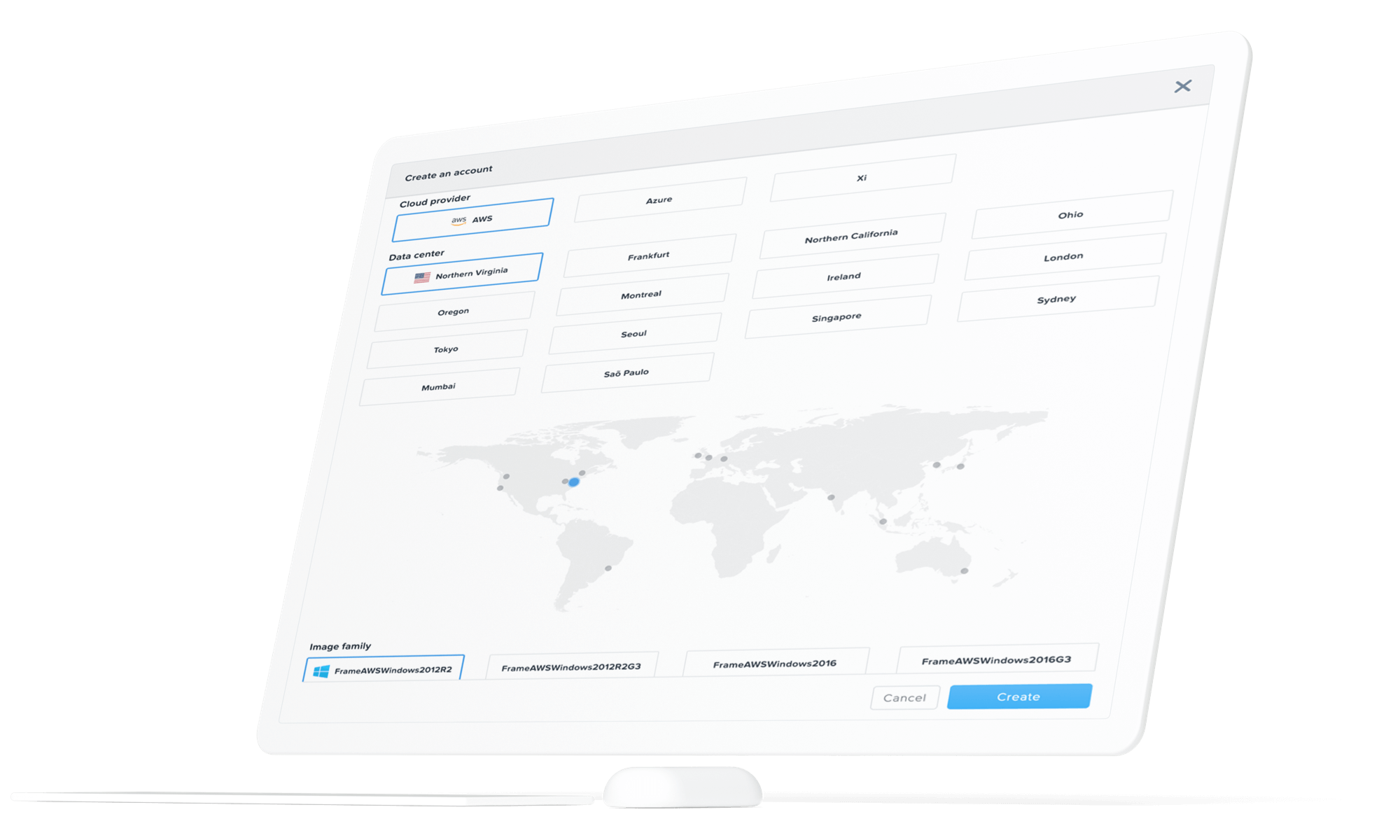advertisement
Desktop 2025
I’m on record as saying that, like it or not, the future of the desktop is in the cloud. Or,…

I’m on record as saying that, like it or not, the future of the desktop is in the cloud. Or, at least, that’s my take on Microsoft’s move to Windows Virtual Desktop. But what will that really look like? Let me deal out my tarot cards and tell you what I find.
The desktop-as-a-service (DaaS) model really is coming. Heck, it’s already here. Google’s Chromebooks own the education vertical. Sorry, Apple; you had your shot and you lost. I’ve also been noticing more and more Chromebooks with business-only features such as full-sized numeric keypads. Among those are the latest HP Chromebook 15 and the Acer Chromebook 715. These are meant for accountants using QuickBooks online, not kids working on their homework.
Some people tell me that Microsoft would never abandon the traditional desktop operating system. Really? Just like it wouldn’t replace the money-making Office with Office 365, right? Well, I hate to tell you, but these days Microsoft wants you to buy Office 365 instead of Office 2019. Oh, and if you’re still running Windows 7, you’ll get Office 365 security patches for years to come. As for other versions of Office, Microsoft says that if a “problem is a result of the combination of Office and an unsupported operating system (which Windows 7 will be after January 14, 2020), the problem will not be supported.”
advertisement
Yeah, I think it’s pretty darn clear where Microsoft wants you to go.
At first, this is going to be a business play. No surprise there. Citrix has been making money from its virtual desktop line for years. But, by 2025, Microsoft will be pushing home users to it, too.
Think about it. Services are more profitable for Microsoft than products. And when it comes to home users, what’s always been a major cost for Microsoft? Ding ding ding! That’s right: technical support. So, what would you rather deal with? All your most technically challenged users on one centralized control platform or half-a-dozen different standalone versions? I know which one I’d choose if I were a Microsoft bean counter.
advertisement
People often tell me DaaS won’t happen because it will never work in rural areas. But leaving aside the fact that ISPs have always handed country dwellers the short end of the stick, things are changing to expand broadband’s reach.
The internet of the 2020s won’t be the one we’ve been used to in the teens. ISPs are facing radical new wireless models from 5G and low-earth orbit (LEO) ISP providers like Starlink, OneWeb and Project Kuiper.
T-Mobile is already deploying 600MHz spectrum 5G. It will never have the crazy-fast speeds promised by the pie-in-the-sky mmWave, but it will deliver 20Mbps broadband to most of the country, and that’s more than fast enough for DaaS. If you need more, the LEO ISPs will be delivering 100Mbps-plus speeds.
advertisement
What about gamers? On the PC, they’ve become a niche market. Want to play games? Microsoft will be happy to sell you an Xbox. Besides, now that Google is exploring high-speed gaming with Stadia, I expect to see others following in its footsteps toward a gaming model that’s more about streaming.
If you want a traditional desktop, you’ll really have only two choices: a pricey Mac or a Linux desktop. (How pricey is pricey? With Apple, the sky seems to be the limit. The way things are going, I wouldn’t bet against Apple trying to sell us a US$100,000 Mac Pro.)
I’m a big Linux fan — I used to run a site called “Linux Desktop” — but the Linux desktop has problems. The market is fragmented, and no single company is really championing the Linux desktop. That may be changing. Canonical is throwing more support behind its Ubuntu Linux desktop. And all the Linux desktop developers are uniting behind Flatpak and Snap for Linux desktop application delivery.
What all this means is that by 2025, I expect the vast majority of office PCs to be running Windows as a service. I also believe a substantial minority of home users will be running Windows off-cloud. Macs will remain high-end products for their dedicated fans. And Linux, if its developers continue to find common ground, will finally get a 10% desktop market share.